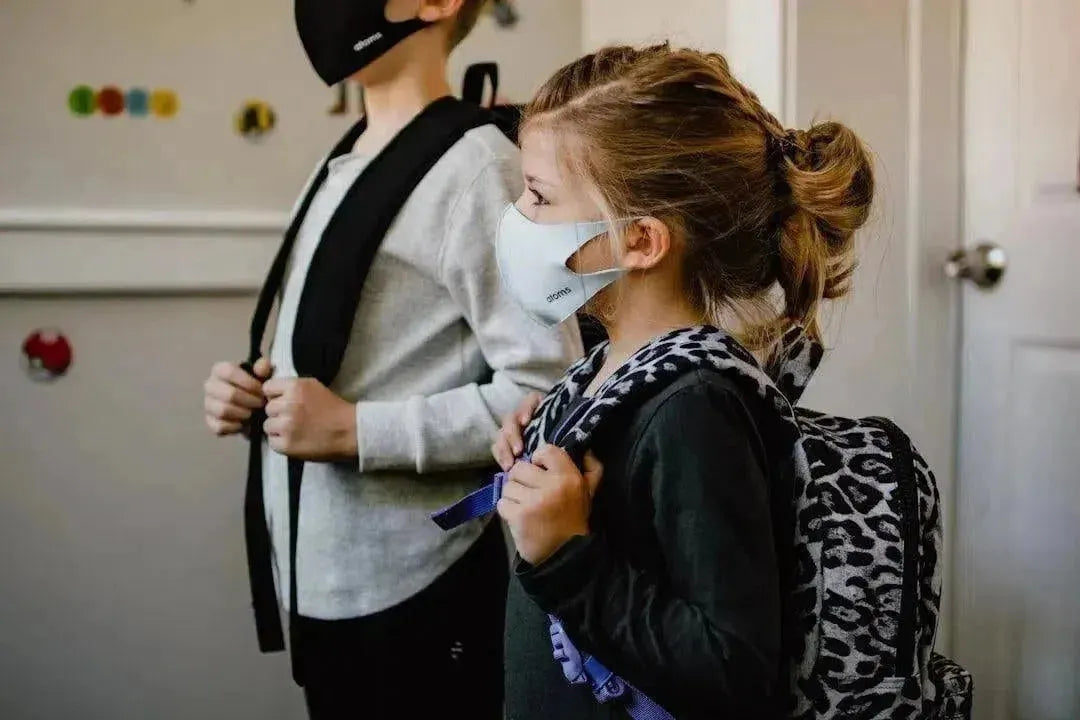Unmasking the Past: A Journey Through the History of Face Masks

In recent years, face masks have surged in popularity due to health crises and new hygiene standards. They have become an essential part of our daily lives, but the story of face masks stretches back centuries. In this article, we will explore the fascinating history of face masks, their evolution, and their significance across different cultures and eras. Join us on this historical journey as we unravel the significance of face masks throughout time.
The Ancient Origins of Face Masks
When we think of face masks, we often picture the common surgical or cloth masks we see today. However, the concept of covering the face has deep historical roots. Evidence suggests that in ancient civilizations, various types of face coverings were used for different purposes.
Ancient Egypt and Beyond
In Ancient Egypt, laborers who worked in the harsh sands of the desert would cover their noses and mouths to protect themselves from dust. Evidence from archaeological sites shows that these early masks were made from cloth and papyrus. Face coverings were not just functional; they were also decorative. The use of masks in rituals and funerary practices highlights their multifaceted role in ancient societies.
The Silk Road and Cultural Exchange
As trade routes expanded in the centuries that followed, the Silk Road facilitated cultural exchanges between East and West. This interaction introduced various types of masks, including those used by the Chinese in the 14th century. During the era of the bubonic plague, these masks were improvised to protect the face and respiratory system, foretelling the usefulness of masks in disease prevention.
Face Masks in the Medieval Period
During the 14th century, the Black Death swept through Europe, killing millions. This devastating epidemic led to the creation of the iconic "plague doctor" mask. These masks featured a long beak, which served as a place for aromatic herbs and spices believed to purify the air. More than a mere precaution, these masks became symbolic of the era's struggles with disease.
The Plague Doctor’s Iconic Look
Plague doctors, wearing these peculiar masks, were often seen as a source of both fear and protection. The mask's beak not only represented the physician's role but also indicated the urgency of combating the disease spread. This unique design signified a pivotal moment in human history and highlighted the relationship between masks and health.
Face Masks in Eastern Cultures
While Europe was grappling with plagues and epidemics, Eastern cultures were adept at utilizing face coverings for different purposes. Masks were employed in various Asian countries for protection against harsh climate conditions and pollution. Additionally, traditional masks were used in cultural practices, religious ceremonies, and theatrical performances.
The Role of Masks in Asia
In China, masks have been an integral part of traditional opera for centuries. These masks represent different characters and emotions, weaving a rich tapestry of storytelling. Similarly, in Japan, Noh and Kabuki theaters use intricately designed masks to evoke specific feelings and transitions in the performance. This artistic approach has greatly influenced how masks are perceived within Eastern cultures.
Modern Day Evolution of Face Masks
Fast forward to the 20th century: the landscape of face masks underwent monumental changes. The rise of infectious diseases and advancements in medicine transformed how masks were designed and used.
The Rise of Medical Masks
In the early 1900s, healthcare professionals began employing medical masks more widely during surgical procedures and in hospitals. The use of masks by surgeons helped reduce the spread of bacteria and infections, revolutionizing medical practice. This marked a significant step towards the modern sanitary norms we recognize today.
Environmental Awareness and Fashion
In more recent times, face masks have adapted to address not just health but also environmental concerns. As awareness about air pollution and respiratory issues has grown, many individuals started using masks as protective gear against air particles and allergens.
The Fashion Statement
Interestingly, masks have also made their way into the fashion industry. Designers began to create trendy and stylish face coverings, encapsulating personal expression while promoting health awareness. This intersection of fashion and function is a unique testament to the evolving role of masks in our culture.
The Impact of the Global Pandemic
The COVID-19 pandemic shook the world, emphasizing the vital role of face masks in mitigating the virus’s spread. Suddenly, masks became a universal symbol of health and safety, serving as a tangible reminder of the importance of community health. Throughout this period, the designs and materials of masks exploded in diversity, allowing individuals to choose products that fit their personal styles.
Changing Perspectives on Face Masks
The pandemic has undoubtedly altered our perceptions of face masks. Once seen merely as a precautionary measure, they emerged as powerful symbols of solidarity, resilience, and public health. They have encouraged widespread community compliance and increased awareness about disease prevention.
Future Innovations in Face Masks
With current advancements in technology and materials, the future of face masks holds exciting possibilities. New developments could focus on enhancing filtration efficiency, creating breathable fabrics, and even integrating antimicrobial properties into designs. As the demand for safe and effective face masks continues, innovations may reduce the stigma associated with wearing them.
The Role of Masks in Daily Life
As we move forward, the importance of face masks transcends their use during health crises. They are now ingrained in our daily lives and practices, often a necessity in crowded spaces and industries. Understanding their historical significance paves the way for a better appreciation of their function and purpose today.
Embracing the Masked Future
The history of face masks invites us to explore our connection to health, culture, and community. From ancient civilizations to modern-day challenges, face masks have played an integral role in our societies. By learning from the past, we can foster a deeper understanding of the importance of masks in our daily lives and the world around us.
So, let’s embrace the journey of face masks — not just as a piece of fabric, but as a valuable symbol of humanity, care, and innovation. In a world increasingly aware of health and hygiene, our historical exploration paves the way for a future where masks serve full circle: protection, culture, fashion, and even art!
Explore another user's Shopify store by clicking here. Please note that this is a promotional link, and we assume no responsibility for the content on the linked store.






